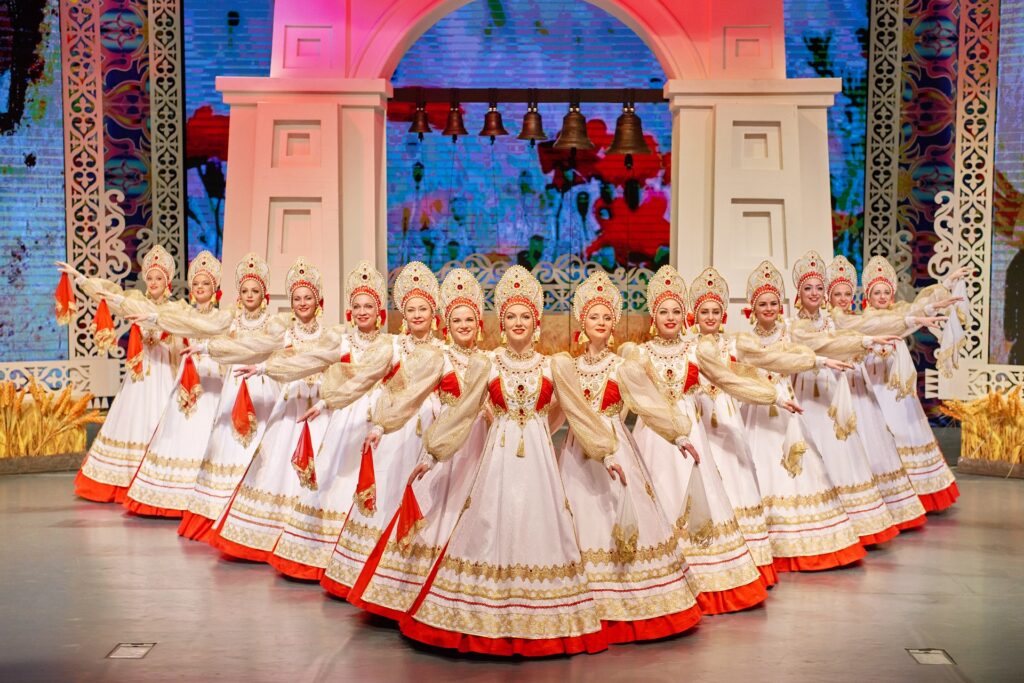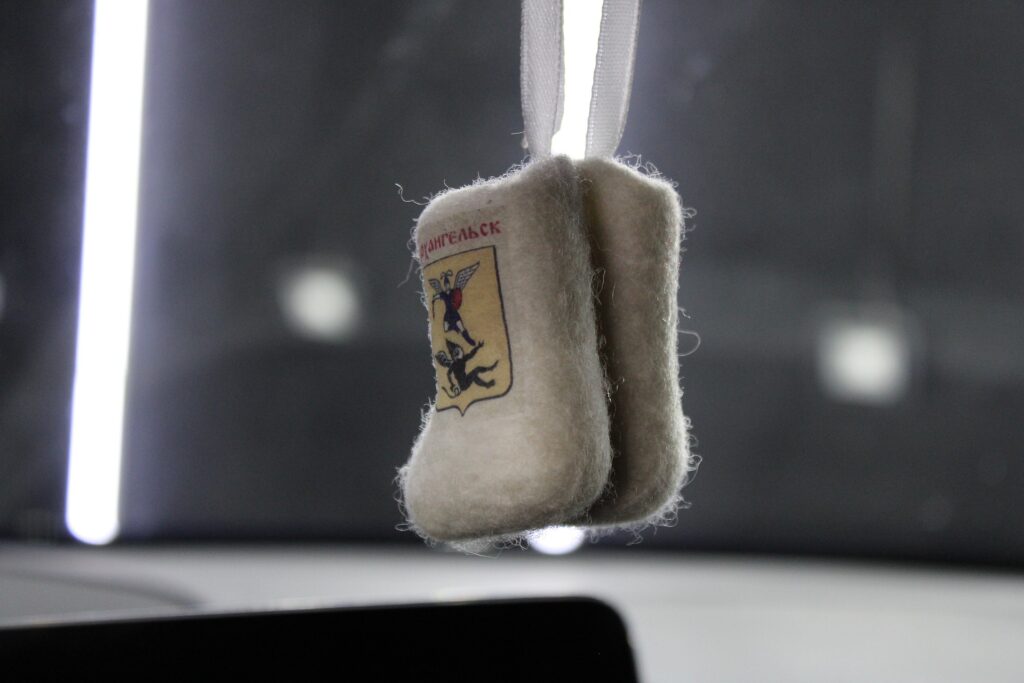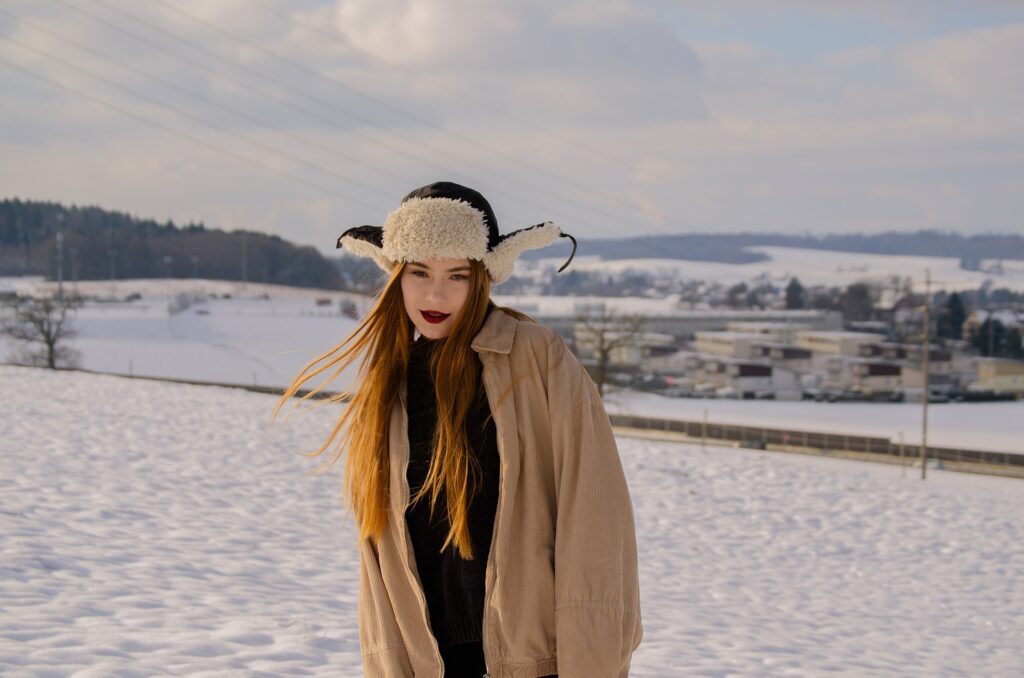Russian traditional clothing has gained popularity around the world, serving as a source of inspiration for many designers, including the models on which other modern clothing is built. The creativity that the Russians have deliberately put into their craft has made their clothing witness great improvements. The Russian traditional clothing provides a captivating exposure to the history of the Russians.
Moreover, their attire is deeply rooted in their tradition. Over time, Russian clothing has transitioned into different styles. Aside from the fact that Russian traditional clothing is a reflection of Russian culture, their clothing is also influenced by the country’s climate. As a result, different types of clothing are made to fit different weather conditions.
In addition, religion was also one of the factors that influenced Russian clothing. Christianity was the major religion in the country. Therefore, Russian traditional clothing was made to suit the religious practices of the region. Before we examine the different types of Russian traditional clothing, we shall look into the evolution of Russian traditional clothing.
The Evolution of Russian Traditional Clothing
The evolution of Russian traditional clothing is in phases, and the phases have been influenced by religion, social status, political authority, and foreign influence.
Let’s start by looking at how Russian traditional clothing has developed since the pre-9th century.
The earliest clothing of the Russians during this period was simple garments made from animal skins. The major problem the clothes made during this period solved was providing protection and warmth from the harsh weather of the region. As a result, less effort was put into designing, as the essence of what the clothing is meant to achieve is protection. The gowns made were also simple, and none had any form of sophisticated design.
-
9th–13th Century
Christianity became widely adopted in Russia from the 9th to the 13th centuries. This adoption influenced how people dressed during this period, as robes, long tunics, and head coverings became the norm and were widely accepted. People began to wear clothes that were befitting of the orthodox Christian faith.
-
13th–15th Century
Between the 13th and 15th centuries, there was a Mongol invasion that led to the destruction of different cities in Russia. Most of the major cities in the country were destroyed by the Mongol Empire, which led to Mongol dominance. This time, other forms of clothing, like sarafan, were introduced and served as the Russian traditional attire during this period.
-
The 16th Century
The Russian traditional clothing continued to evolve; the 16th century brought about the reign of Ivan, who became the first tsar of Russia. He was so brutal and wicked toward his people that he even killed his son. He became very fearful, and his act of wickedness earned him the name Ivan the Terrible.
Furthermore, during Ivan’s reign, foreigners were not given access to the kingdom if they did not put on Russian traditional clothes. So, it became mandatory for any foreigner who had any business in the Russian Kingdom to wear Russian traditional clothes as a sign of respect to the king. Foreigners who went against this rule were punished.
Russian traditional clothing came in more designs, colors, and patterns, as wool, silk, and velvet were exported to Russia’s capital during this period. Luxurious fabrics were made for the nobles. The Kokoshnik, a type of headdress worn by women, became more popular in Russian clothing.
-
18th–20th Century
Peter the Great’s reform brought about a transformation in Russian traditional clothing during the 18th century. He made several attempts to westernize the Russians. There was a transformation as the attempt to westernize the Russians also extended to their clothing.
This reformation brought about class division among the upper and lower classes. The upper class was stopped from wearing native attire. The native attire was therefore left for the lower class, while foreign European wear was brought for the nobles.
This Western way of dressing greatly influenced Russian traditional clothing. The members of the Tsar’s family were among the first to change their clothes, and the Western style among the influential saw a rapid change while the peasants preserved the traditional costumes. European wear, such as corsets, was imported into the country.
Urban areas like St. Petersburg witnessed an increase in Western styles, while rural areas preserved the native styles.
To this day, Russian traditional clothing has continued to serve as a motivation for 20th-century designers who now make clothes for utility purposes. Their traditional clothing has continued to be exhibited at different Russian cultural events like festivals, weddings, etc.
Now, let us familiarize ourselves with these beautiful clothes from the Russian tradition.
Types of Russian Traditional Clothing
1. Sarafan
Sarafan is a long dress made from different materials and colors with open shoulders. It was originally meant for males but later became female attire. Safaran was first introduced during the 14th century. People who belonged to the upper class wore sarafans, which were made from silk and velvet. The sarafan is worn over a rubakha. This attire was worn to different events, both everyday and festive occasions or other celebrations.
2. Kokoshnik

This is a type of traditional Russian head tie that is worn by married Russian women. This is because married women in Russia were obligated to cover their hair, so it was easy to detect the status of a woman. They are usually made with expensive materials and intricate decorations like pearls, gemstones, and silver thread, which makes them expensive. Kokoshnik was usually worn by women to important events and occasions.
There are different types of kokoshnik and each region in Russia has its own preferences and local designs. The most popular are the pointed kokoshnik, the one that has a cylindrical shape, and the helmet-shaped kokoshnik. The picture of the kokoshnik is what you found on the playing cards today. On the King of Hearts playing card, you will find Nicholas 2 wearing a kokoshnik.
3. Kosovorotka
Kosovorotka is also known as tolstovka or peasant shirt. It is a traditional male shirt that has a buttoned collar, which can be plain or decorated and is worn with a pair of trousers. It has long sleeves, with the length reaching the mid-thigh. Because it used to be mostly worn by peasants, it has a slit by the side, which was meant to prevent laborers from falling during hard labor. This was because they usually wore Christian crosses under their shirts, as the majority of them were Christians. They were usually decorated with traditional embodiments.
4. Valenki

Valenki is a type of Russian footwear made from felting wool. The boots were made to protect the feet from winter. History has it that the first people to invent felt were the nomads. It was introduced to Russia between the 13th and 14th centuries. During the winter, they wore a felt boot known as a pimy. This was later transformed into what we know to be valenki today.
Valenki was expensive and usually worn by people who engaged in hard and long labor. It only became common in the 19th century, when there was mass production of valenki. They can last for as long as 10 years. The wool that is used in making Valenki contains lanolin, which helps to keep the feet warm, prevents rheumatic pain, and helps relieve the muscles.
A lady could use this shoe to predict her future by throwing the shoe. She can determine when her marriage will be by throwing the Valenki shoe over the fence. For example, if the shoe is thrown over the fence and the toe of the boot faces home, it shows that the girl will get married the year after.
5. Ushanka

An ushanka is a winter headdress. In Russia, the word ushanka means ‘with ears.’ This type of hat comes with ear flaps, which are worn during the winter period to protect the ears, the chin, and the nape from cold. The ear flaps can either be tied at the top of the hat or the chin.
6. Platok
Platok is one of the Russian traditional clothing that was influenced by the Eastern Orthodox church in Russia. Christianity is the major religion practiced in Russia. The church code of conduct requires women to cover their heads before entering the church. Platok became a cloth that the women used to cover their heads before entering the church. Moreover, platok is easy to wear and protects the hair. It also became a form of women’s regular attire.
7. Kubanka
This is another type of hat that can be found in Russia. It is a rounded hat with a flat top. The hat is made from lambskin. It also comes in different fashionable styles and colors. It serves almost the same function as the Ushanka because it is also a winter hat.
8. Lapti
Lapti has been in existence as early as the 12th century. They were peasant footwear made from birch, linden, oak, or elm. The tree barks were first soaked in water before the bast was removed and weaved.
They used to be hanged in front of the house because it was believed that they could prevent evil that could be brought by an unknown person into the house.
9. Shuba
Shuba is a coat that is meant to be worn during cold weather. It was worn by both men and women. The coat was made with fur, and it can simply be referred to as a fur coat.
Last Words on Russian Traditional Clothing
In conclusion, Russian traditional clothing has its unique designs. It is a reflection of the cultural heritage and the rich history of Russia. One of the features of Russian traditional clothing has remained the ability of each attire to serve different functions and suit different climatic conditions in the country. Russian traditional clothing has continued to evolve and improve their fashion, which has continued to make their attire gain more relevance in the fashion world.
Many other countries have adopted the Russian style and now wear most of their attire due to its unique features and style. Even if some of these garments may no longer be seen on the streets of Russia, they have remained a foundation and model for 21st-century designers. Some of them can still be found today, even in other countries.




